Ukraine strikes Russia’s strategic bomber fleet in attack worthy of special operations history
- By Sandboxx
Share This Article
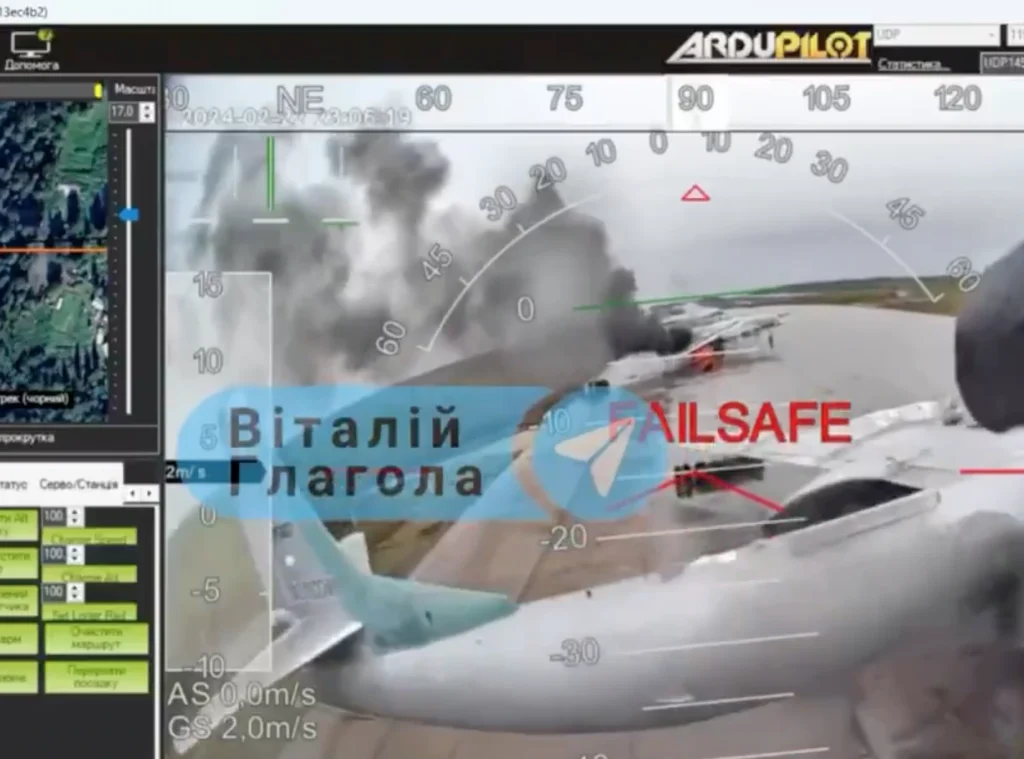
On June 1, the Ukrainian forces pulled off one of the most impressive special operations in the war. Ukraine infiltrated deep inside Russia and attacked the Russian strategic bomber fleet in four different bases simultaneously with suicide drones.
According to Kyiv, the Ukrainian commandos launched 117 suicide drones and struck 41 Russian strategic bombers, including A-50 long-range radar detection aircraft and Tu-95 and Tu-22M3 strategic bombers. The destroyed bombers amount to approximately 34% of Russia’s strategic cruise missile carriers, Kyiv said.
The SBU, Ukraine’s internal security agency that organized the operation, stated that the attacks took place against Belaya Air Base in Irkutsk Oblast; Olenya Air Base in Murmansk Oblast; Dyagilevo Air Base in Ryazan Oblast; and Ivanovo Air Base in Ivanovo Oblast.
The Ukrainian attack, dubbed “Operation Spider’s Web,” was sophisticated and involved numerous moving parts spread out thousands of miles. Its sophistication is also reflected in the distance between the targets. For example, Belaya Air Base is more than 4,000 miles away from Olenya Air Base, and Dyagilevo Air Base is over 1,300 miles from Olenya Air Base. And yet, the Ukrainians were able to coordinate a simultaneous strike against four highly guarded bases deep inside Russia. That is an impressive feat worth being included in the annals of special operations history.
“Not By Strength, By Guile”
The Ukrainian military and intelligence services pulled such a strike by following the motto of the U.K.’s Special Boat Service (SBS) special operations unit: “Not By Strength, By Guile.”
Understanding that the Russian military possesses competent electronic warfare and detection abilities and that it values its strategic bomber fleets, the Ukrainians acknowledged that a long-range attack against the air bases would not work. Moreover, the Ukrainian military does not have the capability to strike from Ukraine a Russian air base more than 4,500 miles away. So, the Ukrainians got close.
According to reports coming out of Russia, Russian truck drivers were hired to transport containers that were told carried components for preconstructed houses.
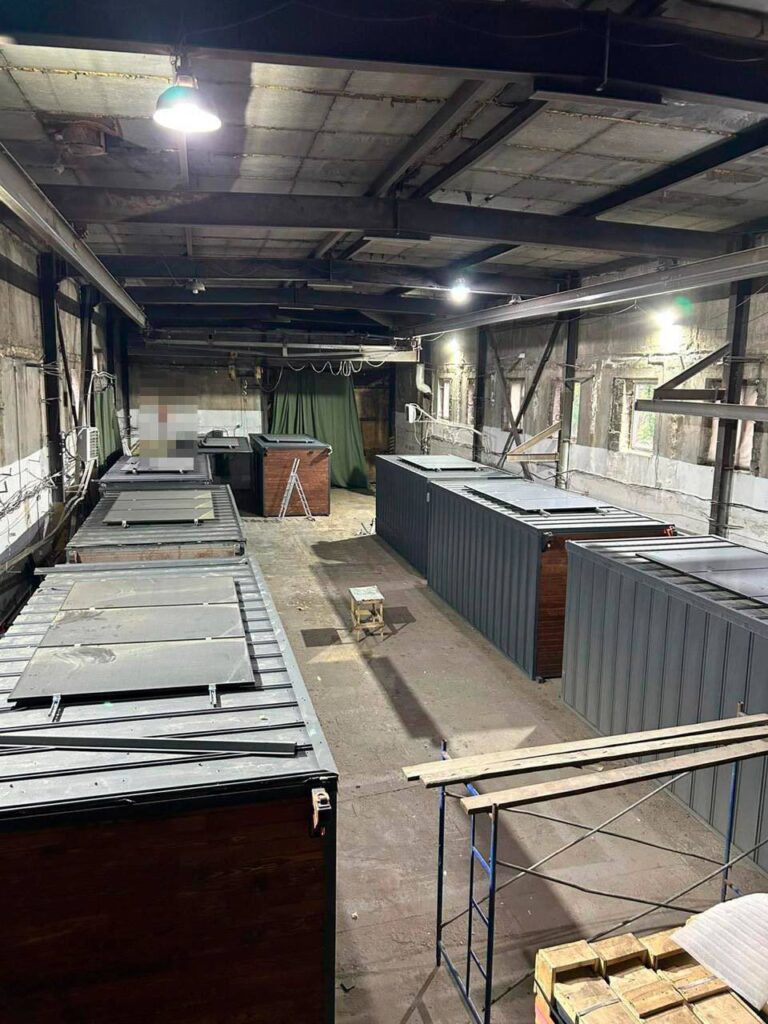
En route, the unaware drivers were then instructed to drive the trucks to locations close to the targeted Russian bases.
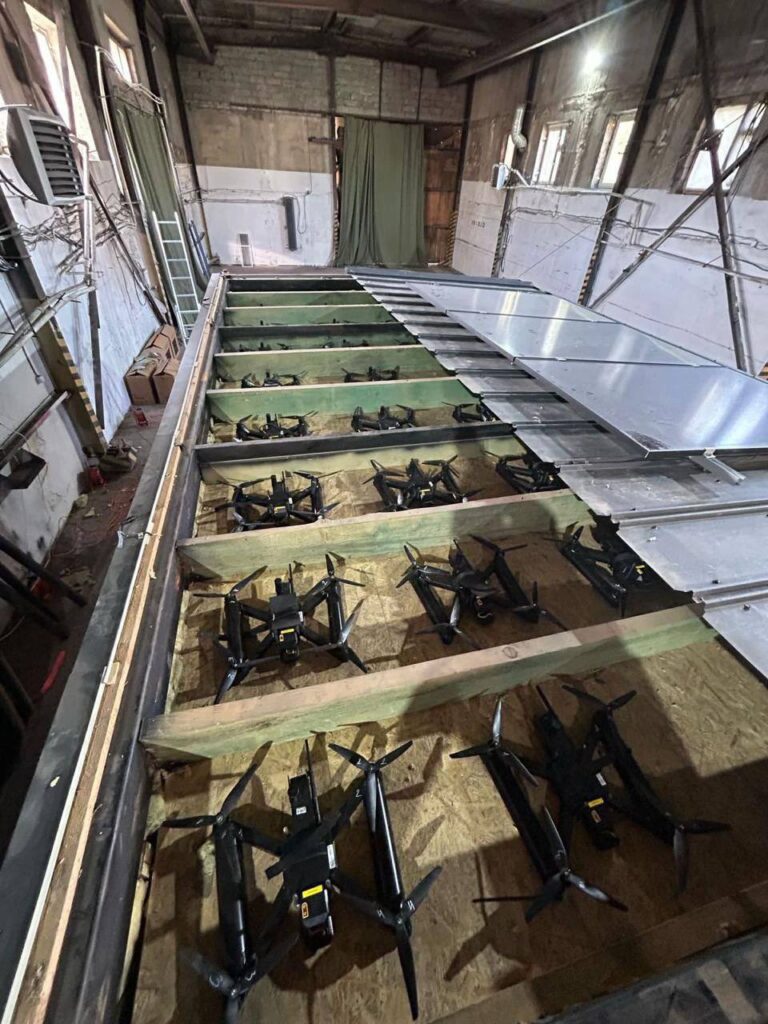
Once there, the containers were remotely opened and the drones remotely piloted to their targets.
Footage of a Ukrainian FPV strike drone rising from a cargo truck and heading towards Russia's Belaya Airbase.
— OSINTtechnical (@Osinttechnical) June 1, 2025
The drone launch and airbase hit were over 4000 km (2500 mi) from Ukraine. pic.twitter.com/XU7bCzV5QJ
This delivery method denied the Russian air defense systems the opportunity to spot, track, and engage the incoming unmanned aerial vehicles. Indeed, the Russians were caught completely unawares. Getting close and personal with the targets maximized the surprise element and resulted in an outstanding operational success.
The operation was being planned for more than a year and a half, and, according to Ukrainian President Volodymyr Zelenskyy, an operational center set up to conduct the attack was located right next to a regional office of Russia’s FSB, the country’s security service.
SBU estimates that the damage caused by the assault tallies up to $7 billion. Further, Russia cannot produce Tu-22Ms nor Tu-95s anymore making these losses irreplaceable; although it doesn’t currently produce A-50s either, last year Russia’s state-run TASS news agency announced that production of the aircraft would resume.
On the other hand, the kamikaze drones were inexpensive produced in Ukraine and used open-source ArduPilot software.
The aftermath
Footage of Russia's Belaya airbase burning yesterday afternoon after a Ukrainian FPV drone swarm attack.
— OSINTtechnical (@Osinttechnical) June 2, 2025
Multiple Russian bombers can be seen ablaze, sending pillars of smoke into the sky. pic.twitter.com/rrxoX4OkOY
As far as the immediate practical effects of the Ukrainian attack, it is likely that the Russian Aerospace Forces’ ability to launch large-scale missile attacks against Ukrainian territory will be restricted.
“Ukraine’s drone strike operation against strategic Russian aircraft may at least temporarily constrain Russia’s ability to conduct long-range drone and missile strikes into Ukraine,” the Institute for the Study of War assessed in its latest operational estimate of the war.
The Ukrainian drone attack is a humiliation for Russian President Vladimir Putin.
In many ways, the successful attack showed that Kyiv’s ability to wage an effective defense war against Russia does not exclusively hinge on international support.
“An absolutely brilliant result. A result achieved solely by Ukraine. One year, six months, and nine days from the start of planning to effective execution. Our most long-range operation. Our people involved in preparing the operation were withdrawn from Russian territory in time,” Zelenskyy wrote on X.
To be sure, the Ukrainian military needs U.S. military aid. But it continuously proves that it can do significant damage using its own wit and cunning.
“Ukraine is defending itself, and rightly so – we are doing everything to make Russia feel the need to end this war,” Zelenskyy added.
Feature Image: Screenshot of a Ukrainian drone’s camera before it strikes a Russian bomber. (X)
Read more from Sandboxx News
Related Posts
Sandboxx News Merch
-

‘AirPower’ Classic Hoodie
$46.00 – $48.00 Select options This product has multiple variants. The options may be chosen on the product page -
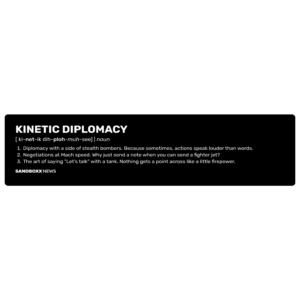
‘Kinetic Diplomacy’ Bumper Sticker (Black)
$8.00 Add to cart -

‘Sandboxx News’ Trucker Cap
$27.00 Select options This product has multiple variants. The options may be chosen on the product page

Sandboxx
The editorial team at Sandboxx.
Related to: Airpower, Special Operations, Ukraine
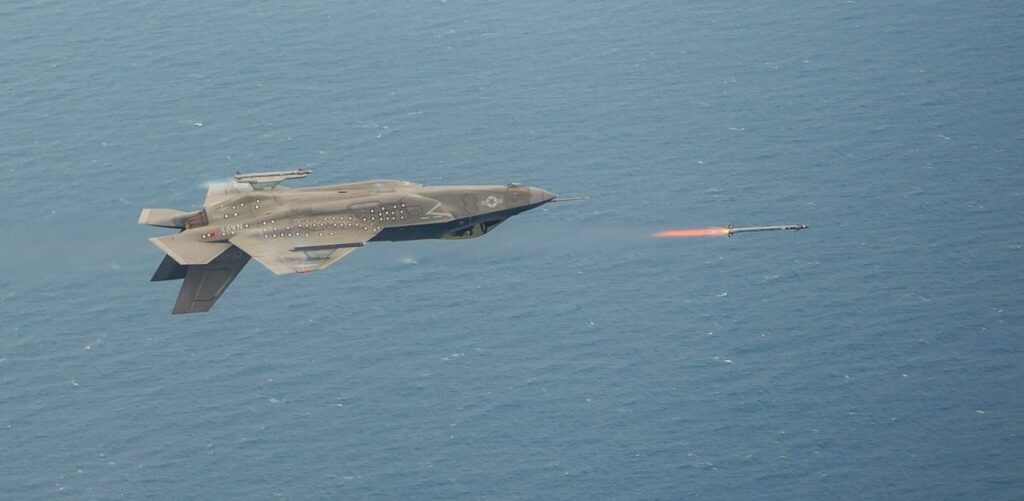
The gravity of the situation: How to fly a fighter upside down
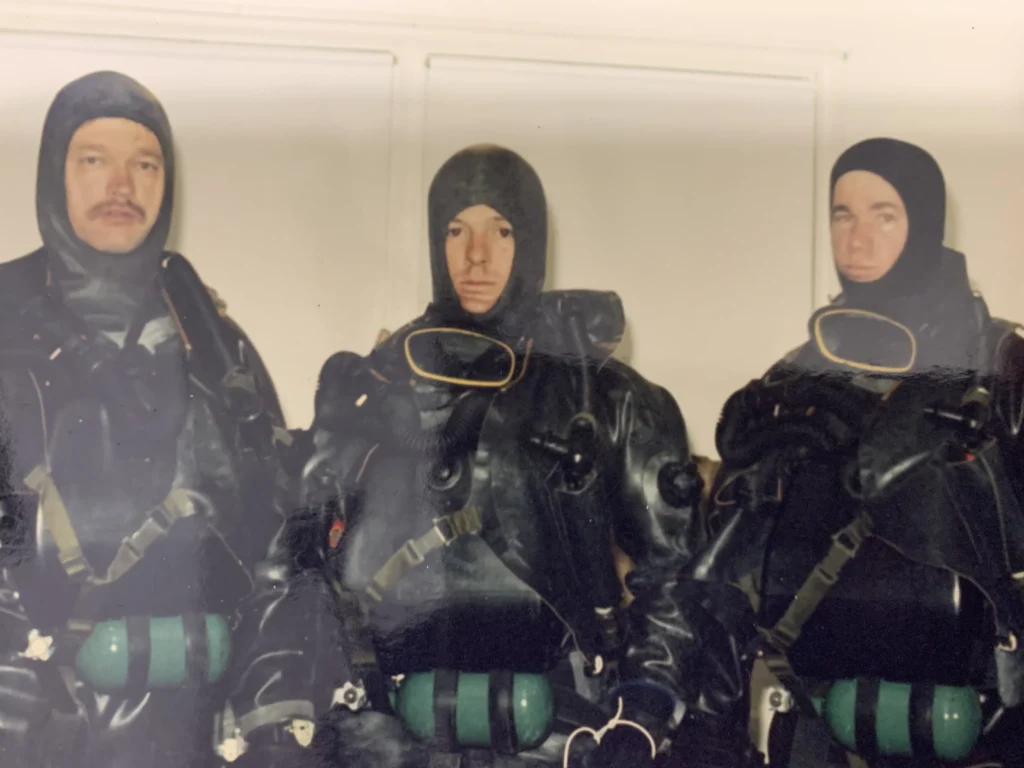
Airborne adventures with a Green Beret Combat Dive Team

Legendary US Army Ranger William ‘Doc’ Donovan achieves very rare special operations honor
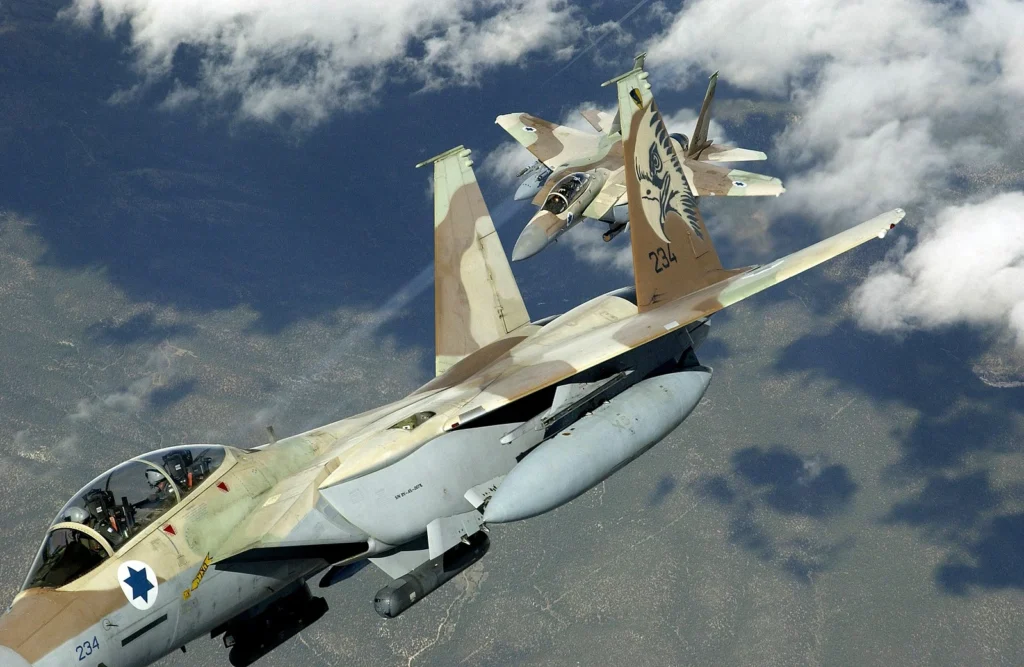
Sandboxx News
-

‘Sandboxx News’ Trucker Cap
$27.00 Select options This product has multiple variants. The options may be chosen on the product page -

‘AirPower’ Classic Hoodie
$46.00 – $48.00 Select options This product has multiple variants. The options may be chosen on the product page -

‘AirPower’ Golf Rope Hat
$31.00 Select options This product has multiple variants. The options may be chosen on the product page -

‘Sandboxx News’ Dad Hat
$27.00 Select options This product has multiple variants. The options may be chosen on the product page
